Leveraging AI for Dynamic Hedging: The Future of Risk Management in Fast-Moving Markets
In today’s fast-moving financial markets, managing risk effectively is more important than ever. Market conditions can change in the blink of an eye, making it challenging for investors and institutions to protect their portfolios from sudden losses. This is where dynamic hedging comes in—a strategy that adjusts risk protection in real-time based on market movements. And now, with the power of Artificial Intelligence (AI), dynamic hedging is becoming smarter, faster, and more efficient than ever before.
What is Dynamic Hedging?
Dynamic hedging is a risk management technique that involves continuously adjusting the positions in financial instruments, like options or futures, to reduce exposure to market risks. Unlike static hedging, which sets a fixed protection level, dynamic hedging adapts as market conditions evolve.
For example, if the price of a stock in your portfolio starts to fall, a dynamic hedge might automatically increase protection to limit losses. Conversely, if the market moves favorably, the hedge can be reduced to maximize potential gains.
Why Traditional Hedging Struggles in Fast Markets
Traditional hedging often relies on preset models and manual decision-making. In fast-moving markets, this can lead to delays and less effective risk control. Sudden price swings, unexpected news, or rapid shifts in volatility can make static or slow-to-adjust hedges ineffective, increasing the risk of large losses.
How AI Transforms Dynamic Hedging
AI brings several game-changing advantages to dynamic hedging:
- Real-Time Data Analysis: AI algorithms can instantly analyze huge amounts of market data, news, and trends that human traders could never process quickly enough.
- Adaptive Learning: Machine learning models continuously learn from new data, improving their ability to predict market movements and adjust hedges accordingly.
- Speed and Precision: AI can execute hedge adjustments automatically, with minimal delay, reducing the risk of losses caused by slow reactions.
- Complex Pattern Recognition: AI can identify subtle patterns in market behavior that traditional models might miss, leading to smarter hedging decisions.
Practical Benefits for Investors and Firms
Reduced Risk: By constantly fine-tuning hedges, AI helps protect portfolios from sudden market shocks.
Cost Efficiency: Smarter hedging reduces the need for overly conservative positions, saving costs on unnecessary trades.
Better Performance: Investors can stay more exposed to upside potential while keeping downside risk in check.
Scalability: AI-powered hedging can handle complex portfolios and multiple assets simultaneously.
Challenges and Considerations
While AI-powered dynamic hedging is promising, there are some challenges to keep in mind:
Model Risk: AI models can sometimes fail if they encounter market conditions they haven’t seen before.
Data Quality: AI’s effectiveness depends heavily on the quality and timeliness of input data.
Regulatory Compliance: Financial firms must ensure AI-driven strategies comply with all regulations.
The Future of Risk Management
As markets continue to grow more complex and fast-paced, AI-driven dynamic hedging will become a critical tool in risk management. It offers the potential to protect investments better, optimize returns, and navigate uncertainty with greater confidence.
For investors and financial institutions aiming to stay ahead, embracing AI for dynamic hedging is no longer just an option — it’s the future.

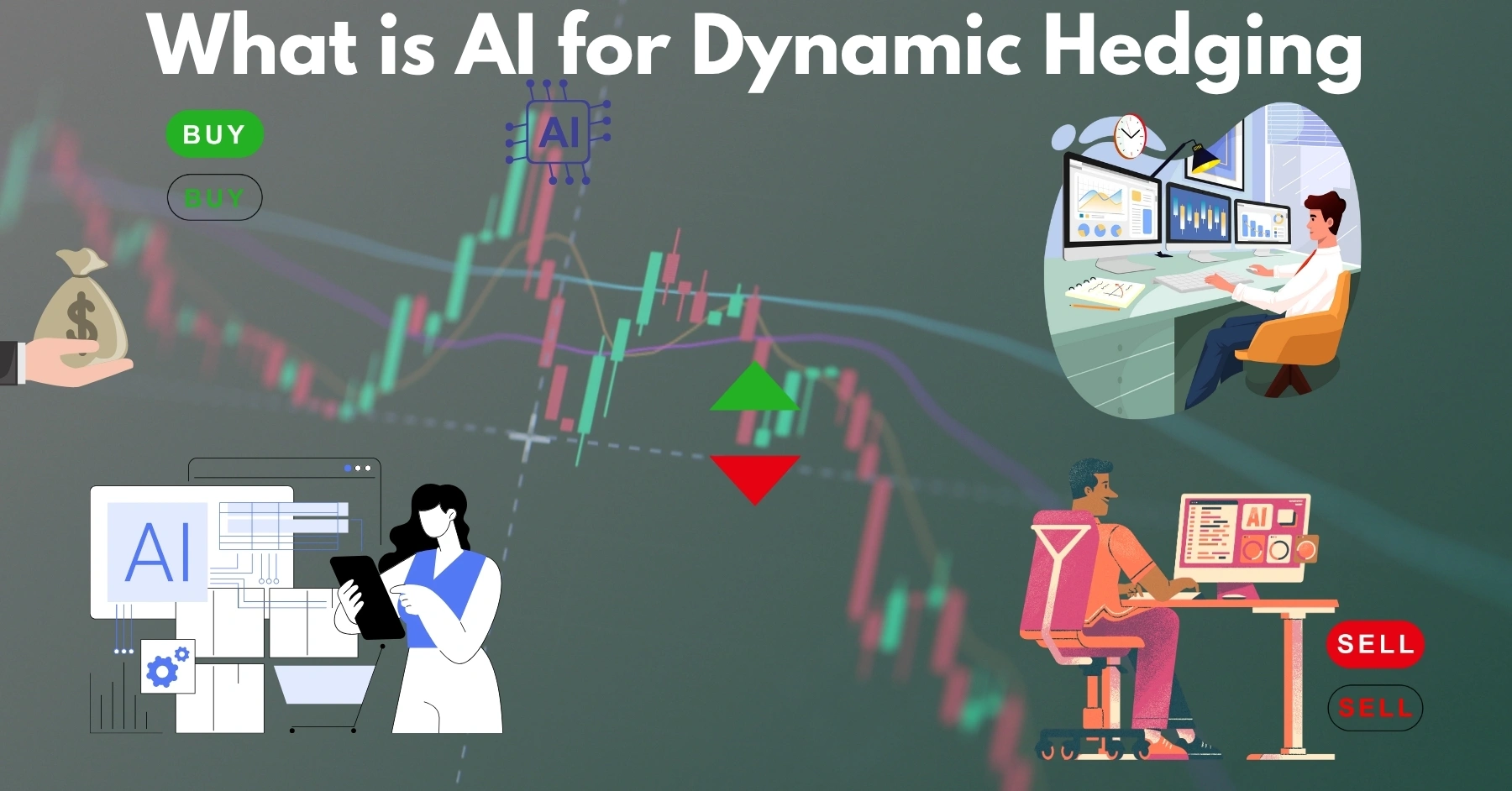




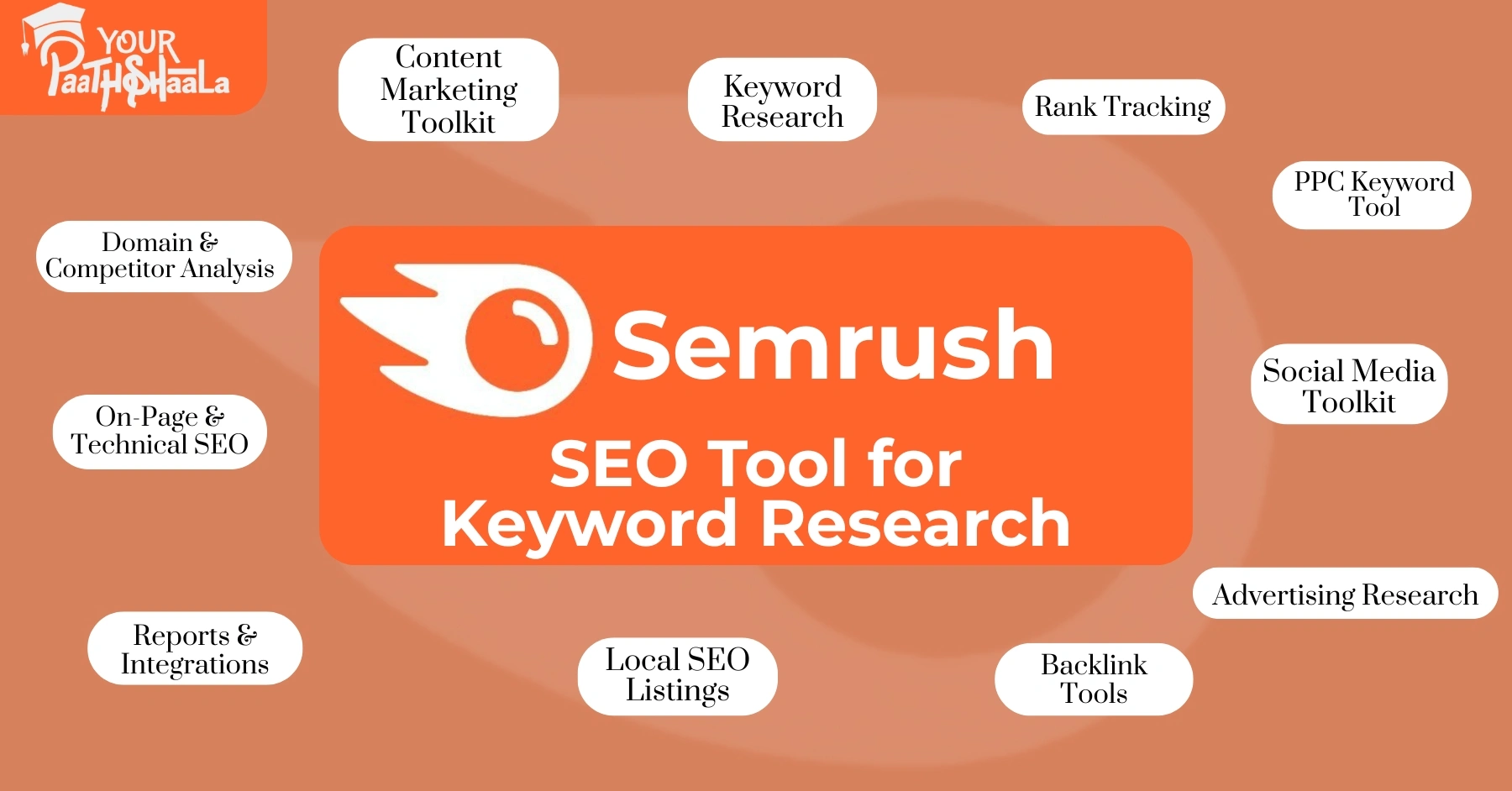
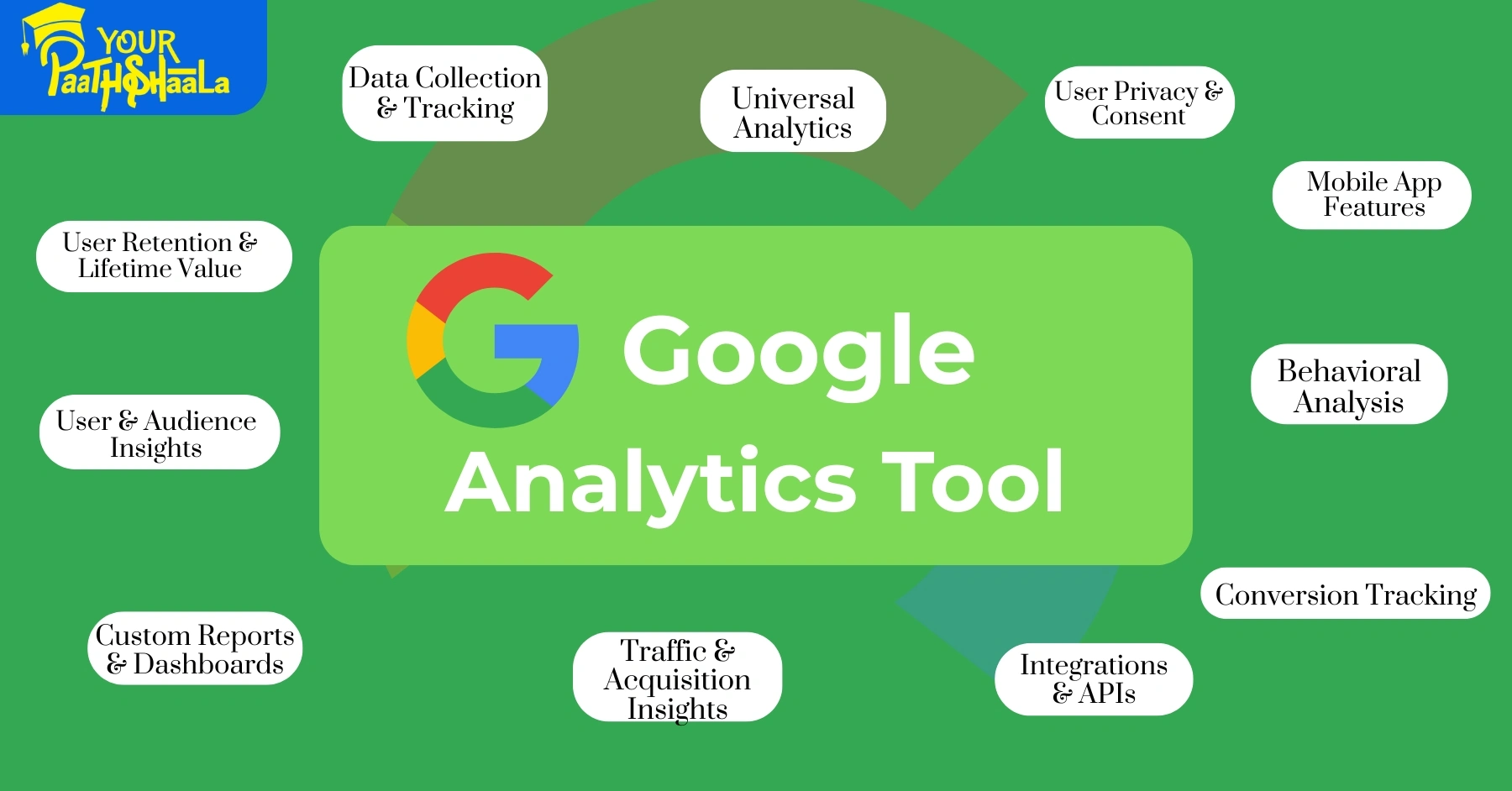
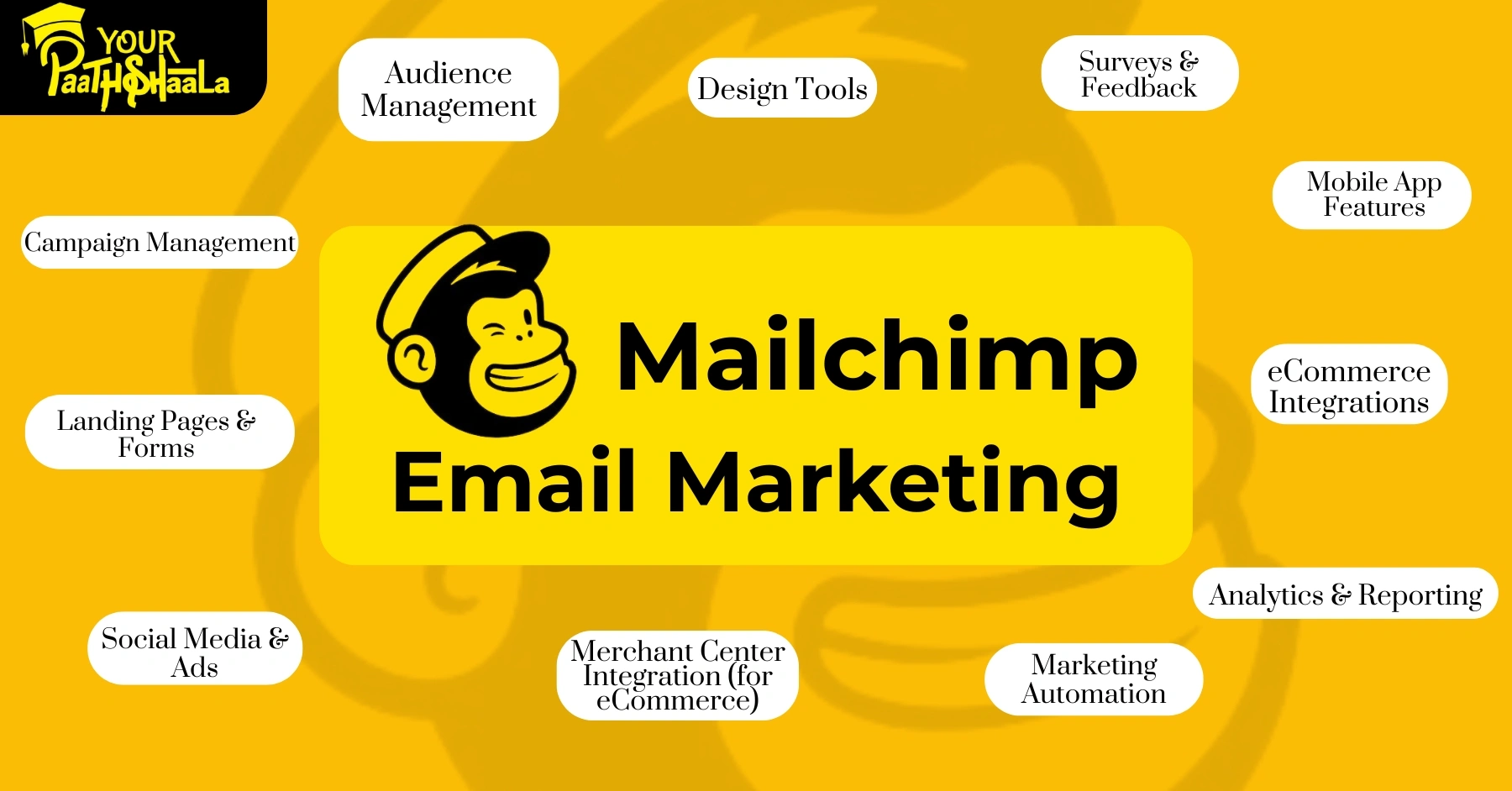
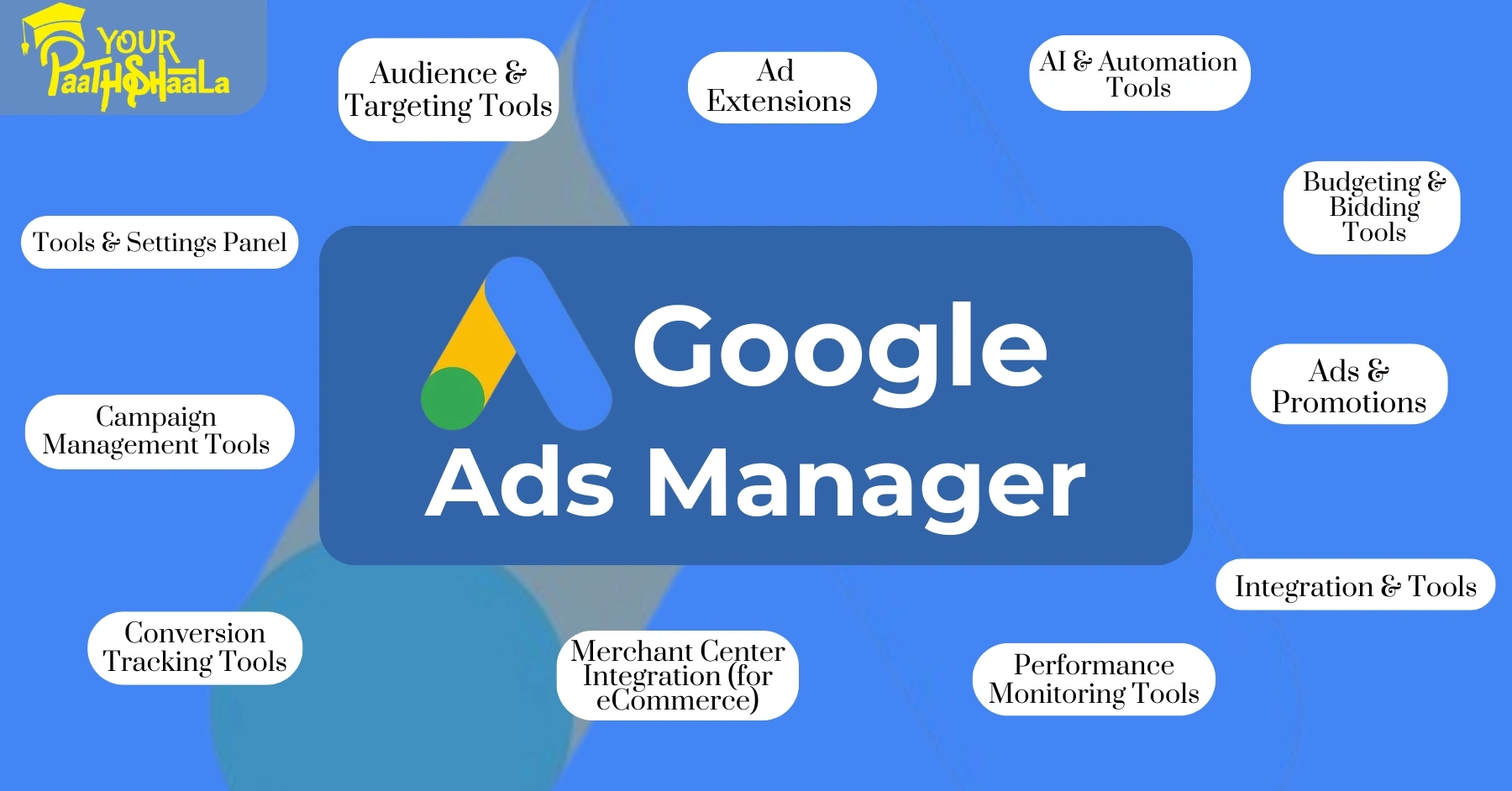
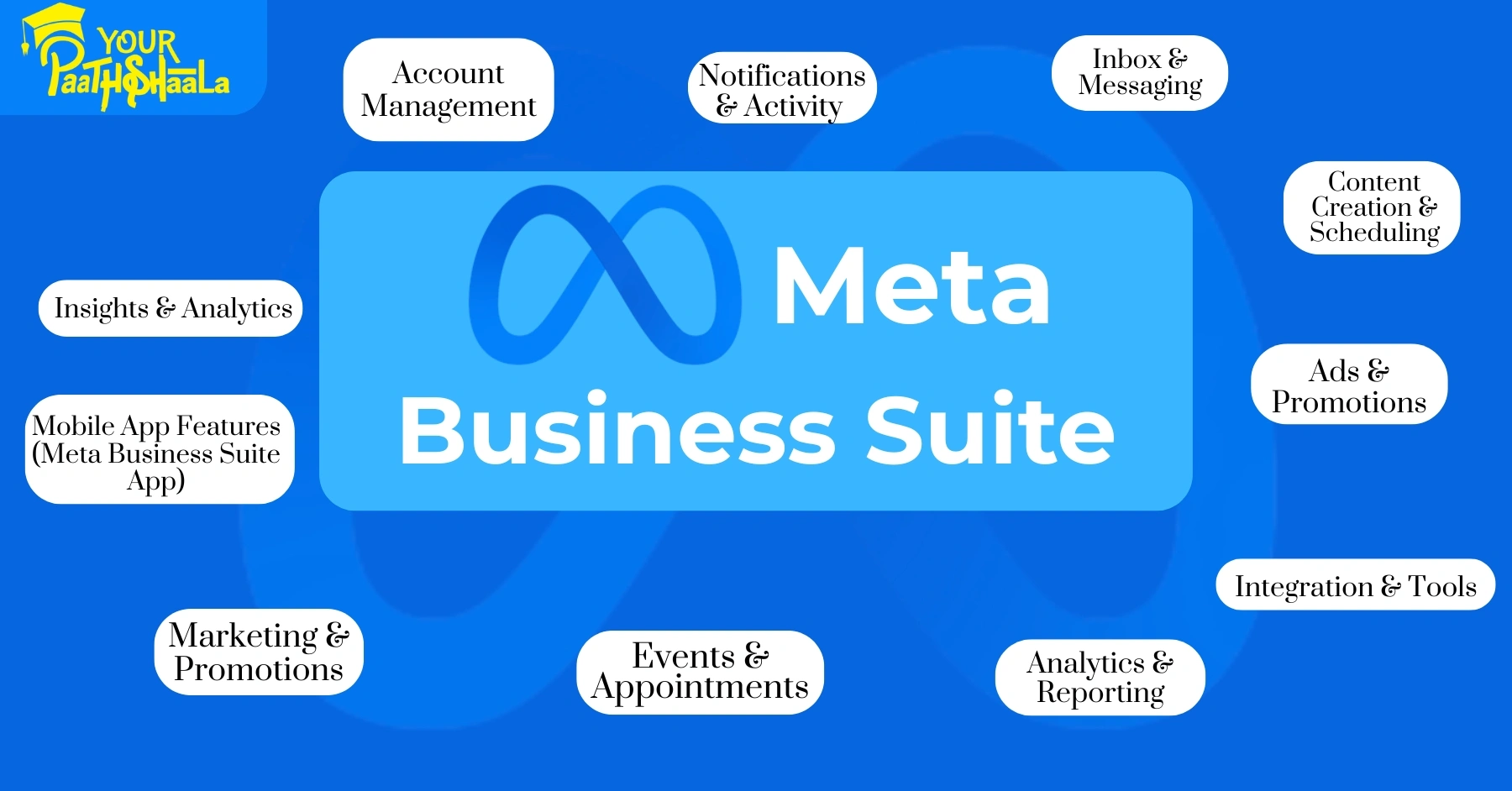

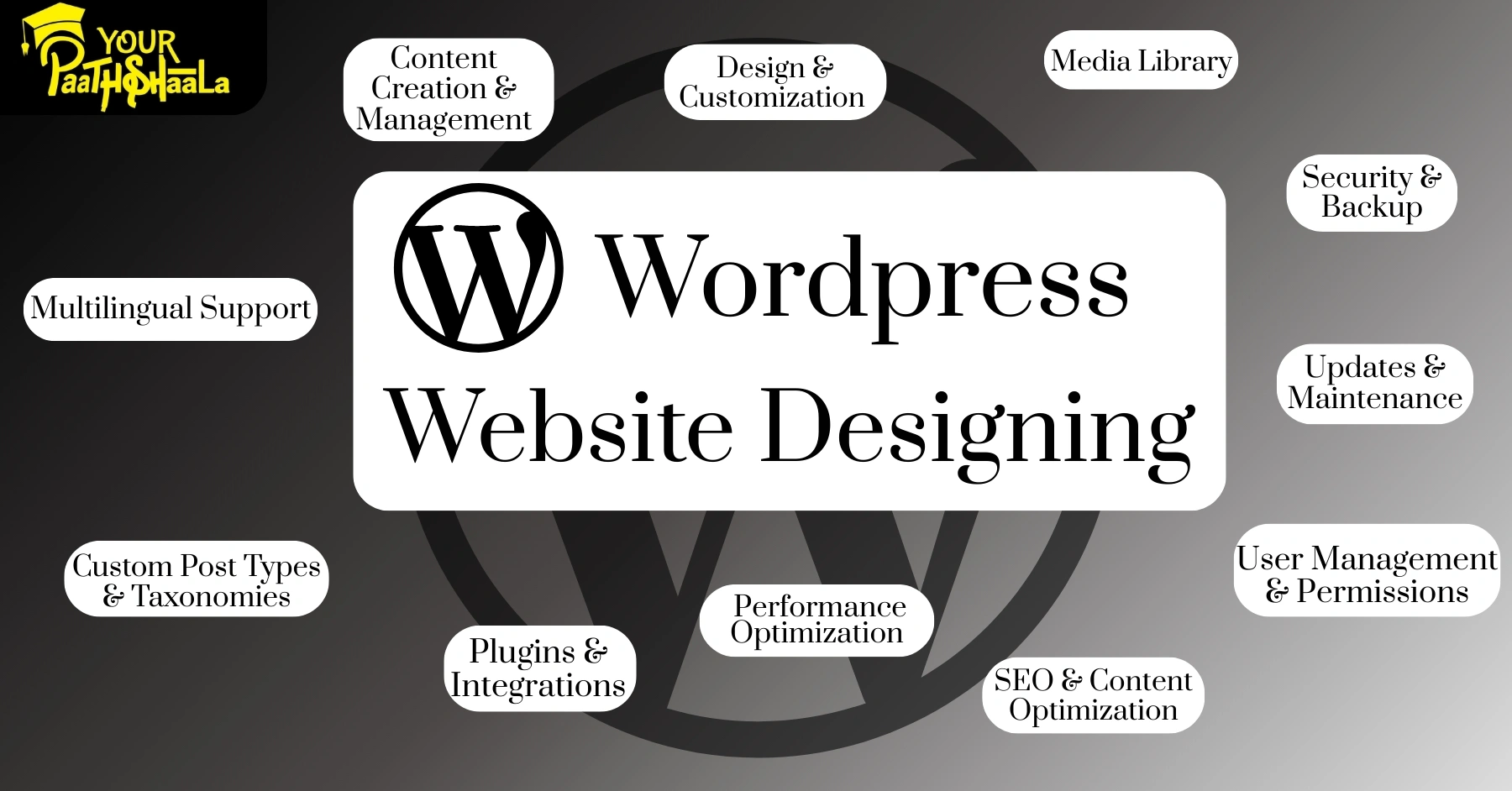

Add a Comment